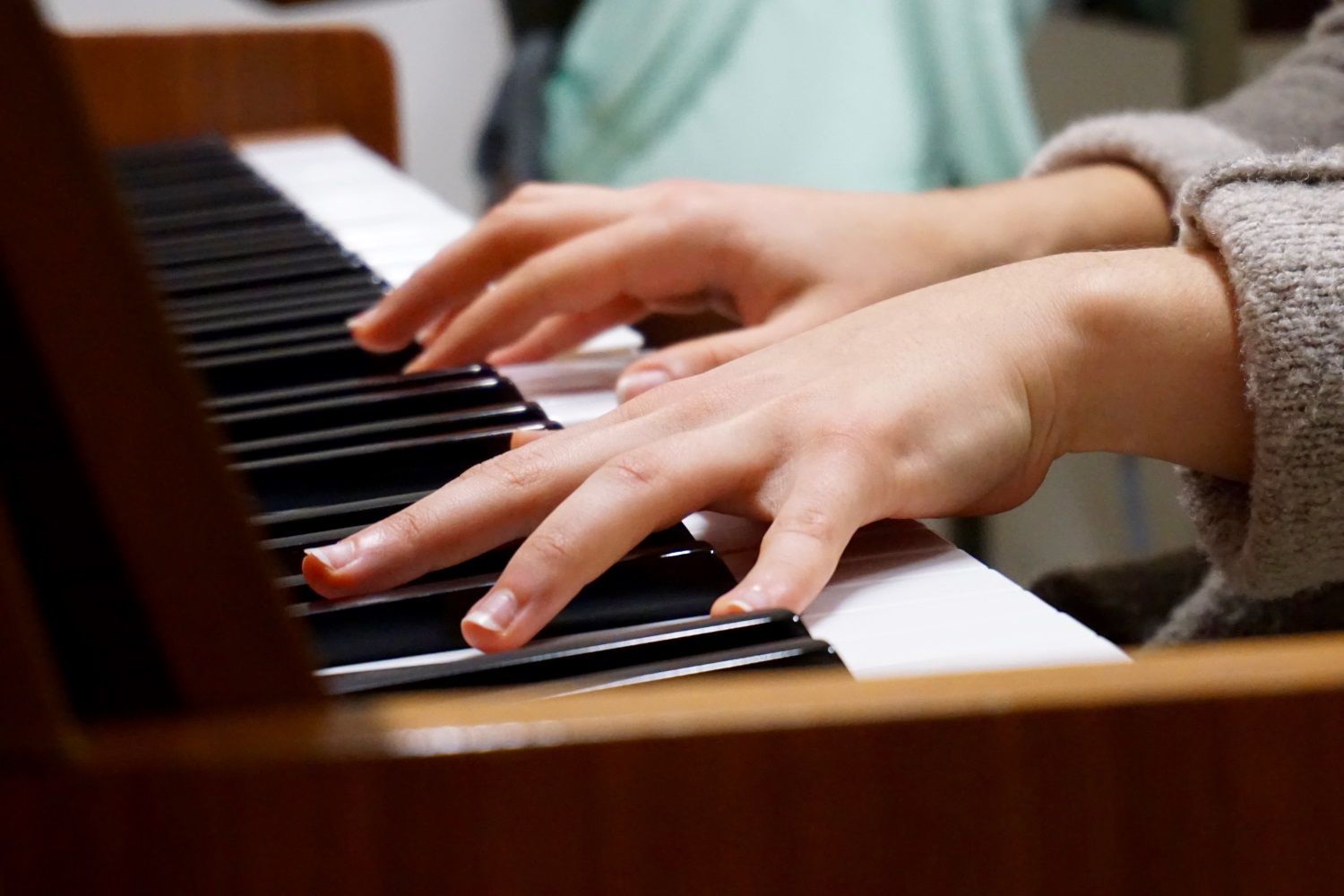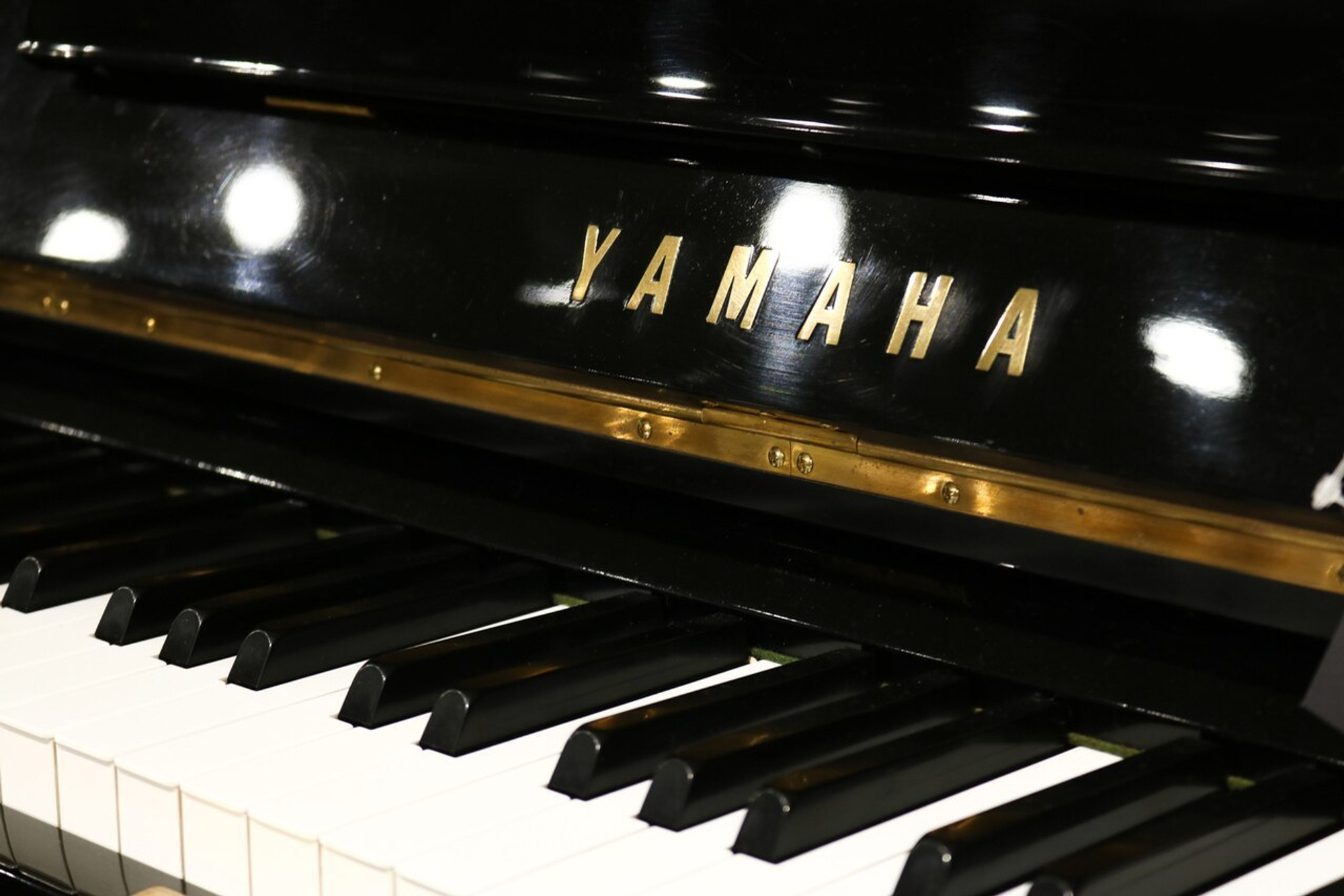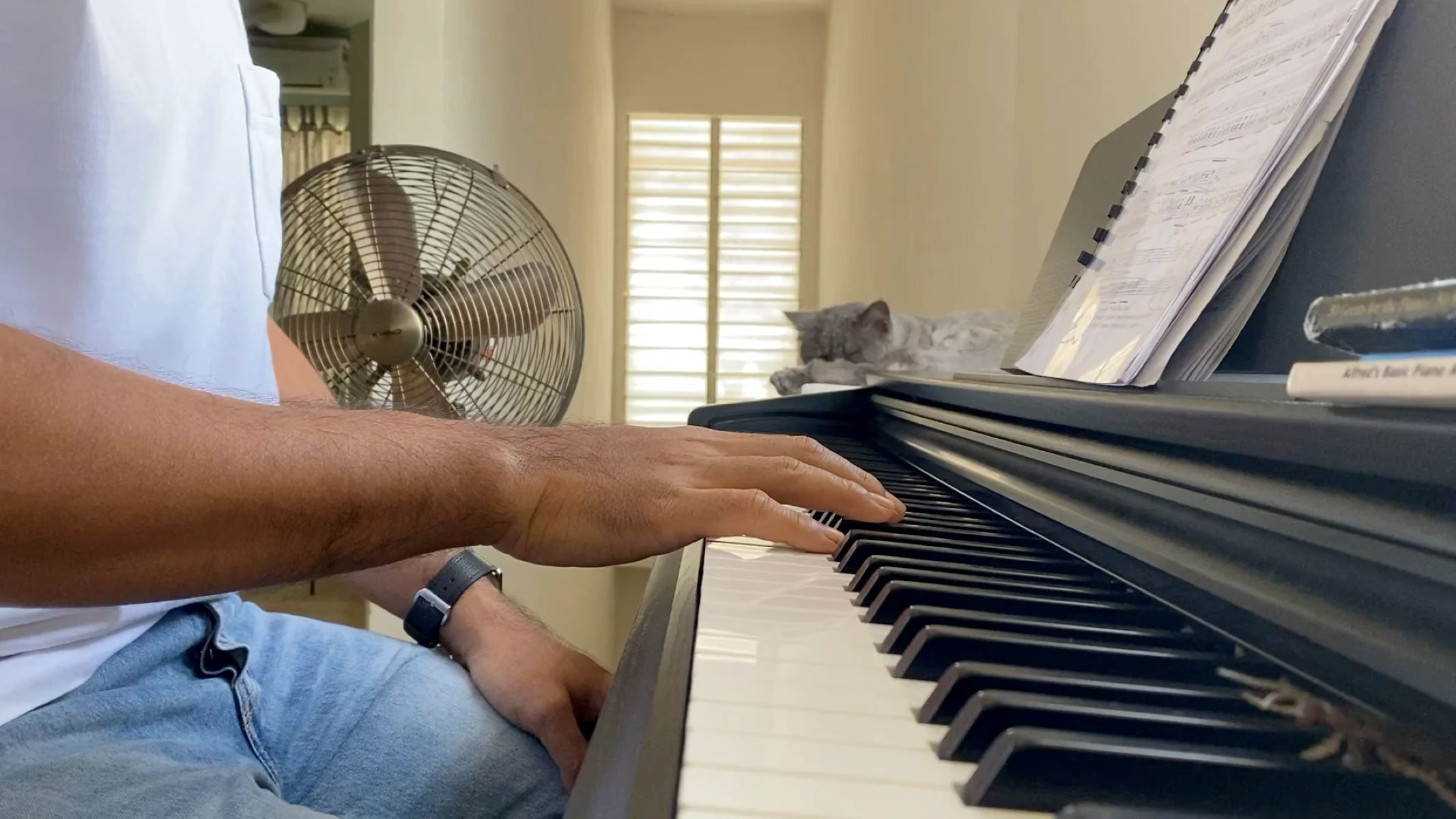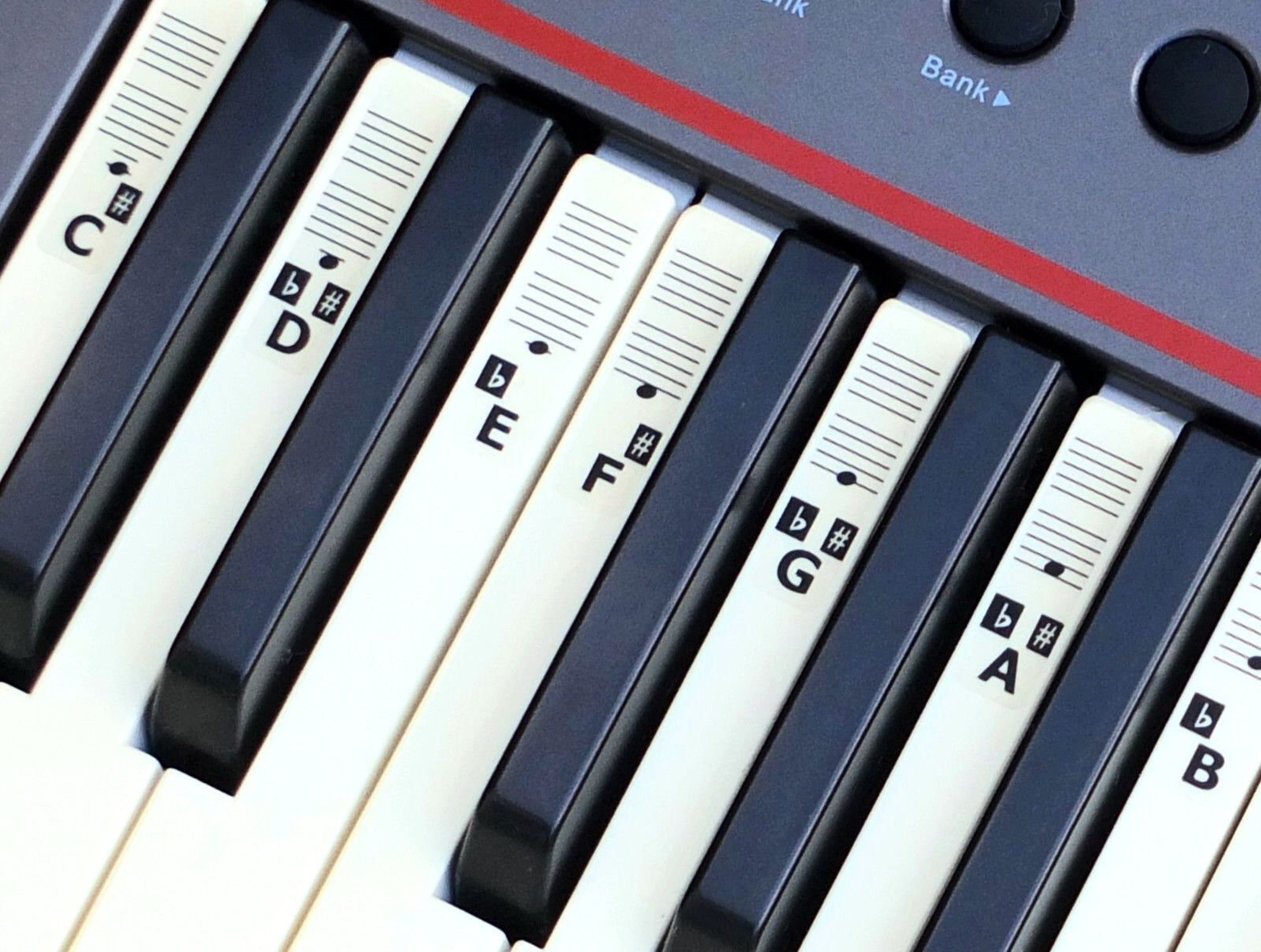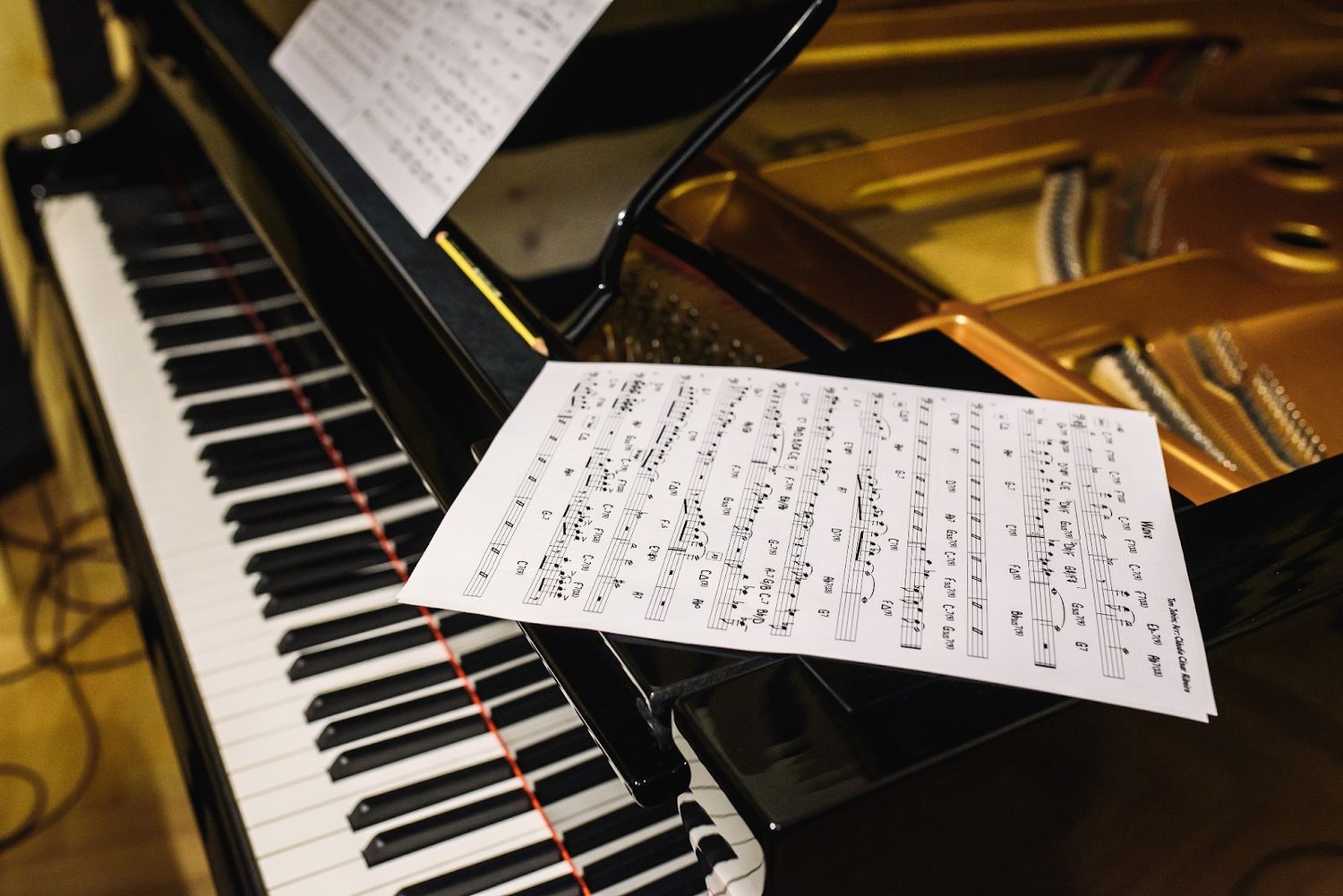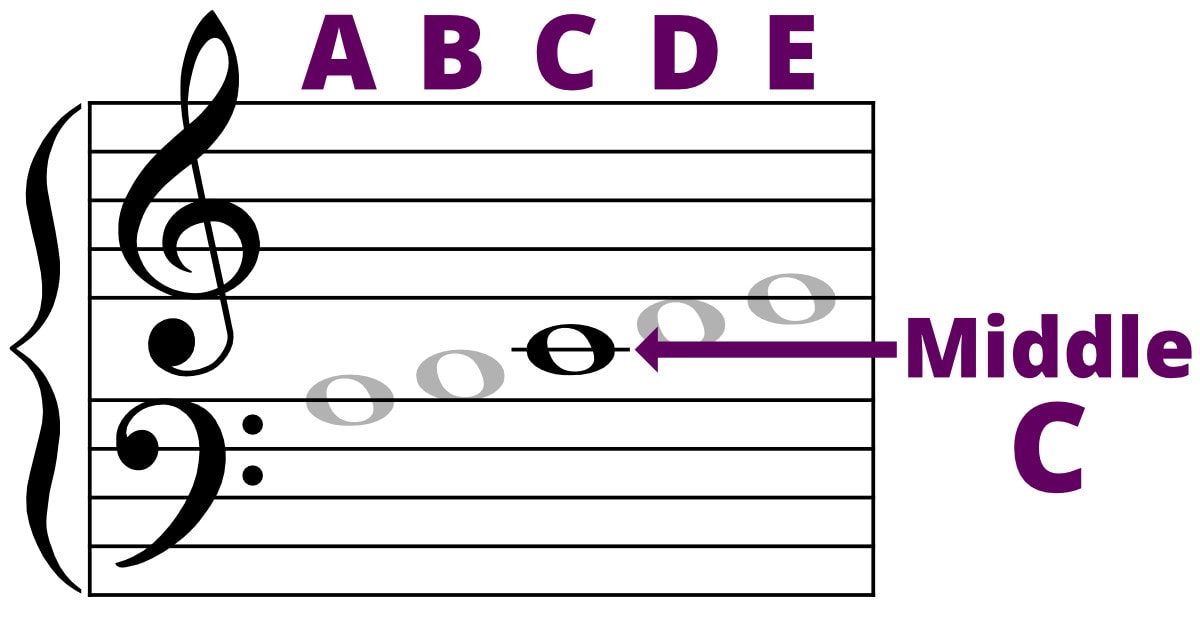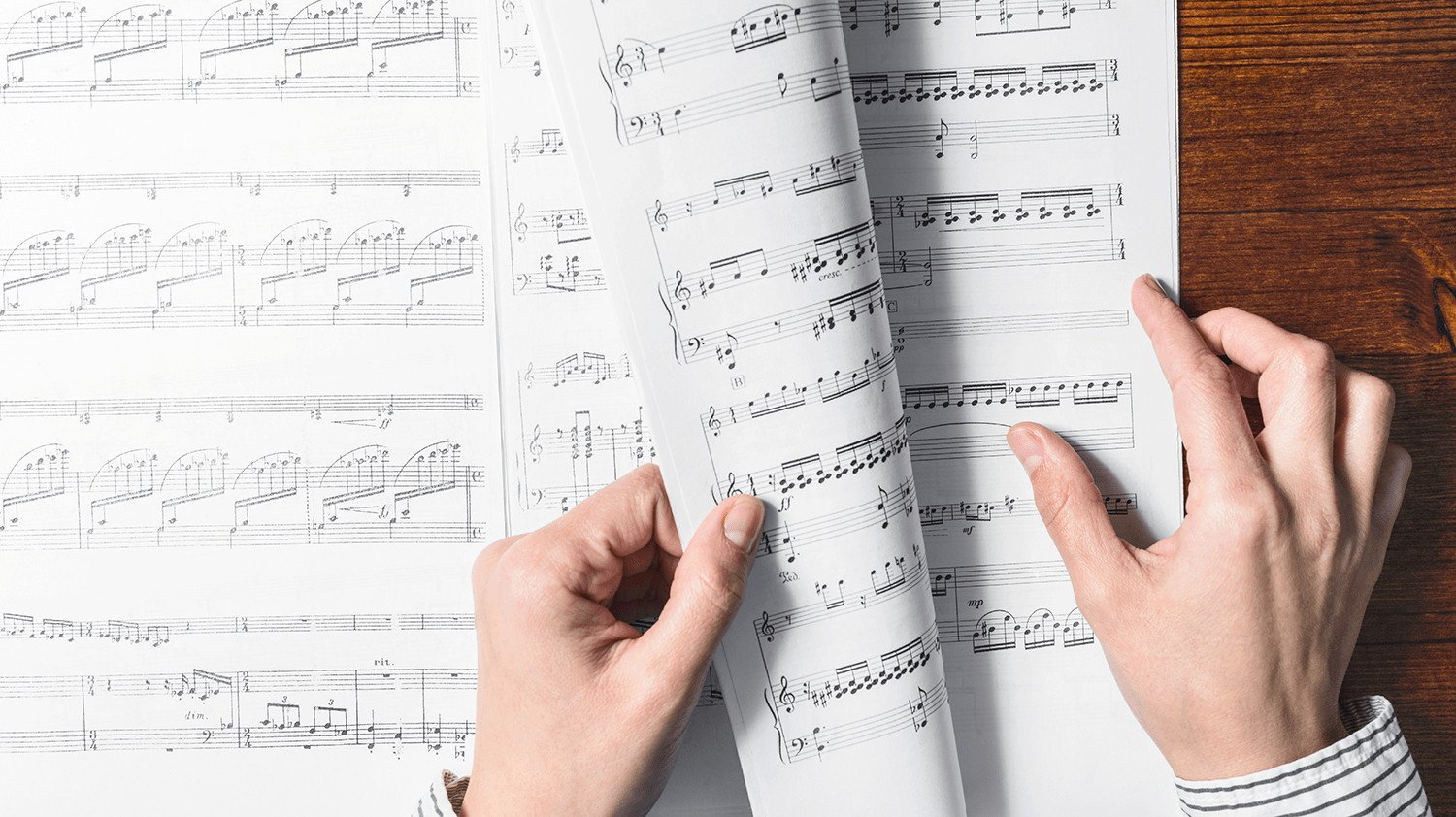Home>Instruments>Piano>Where Is C Major On Piano
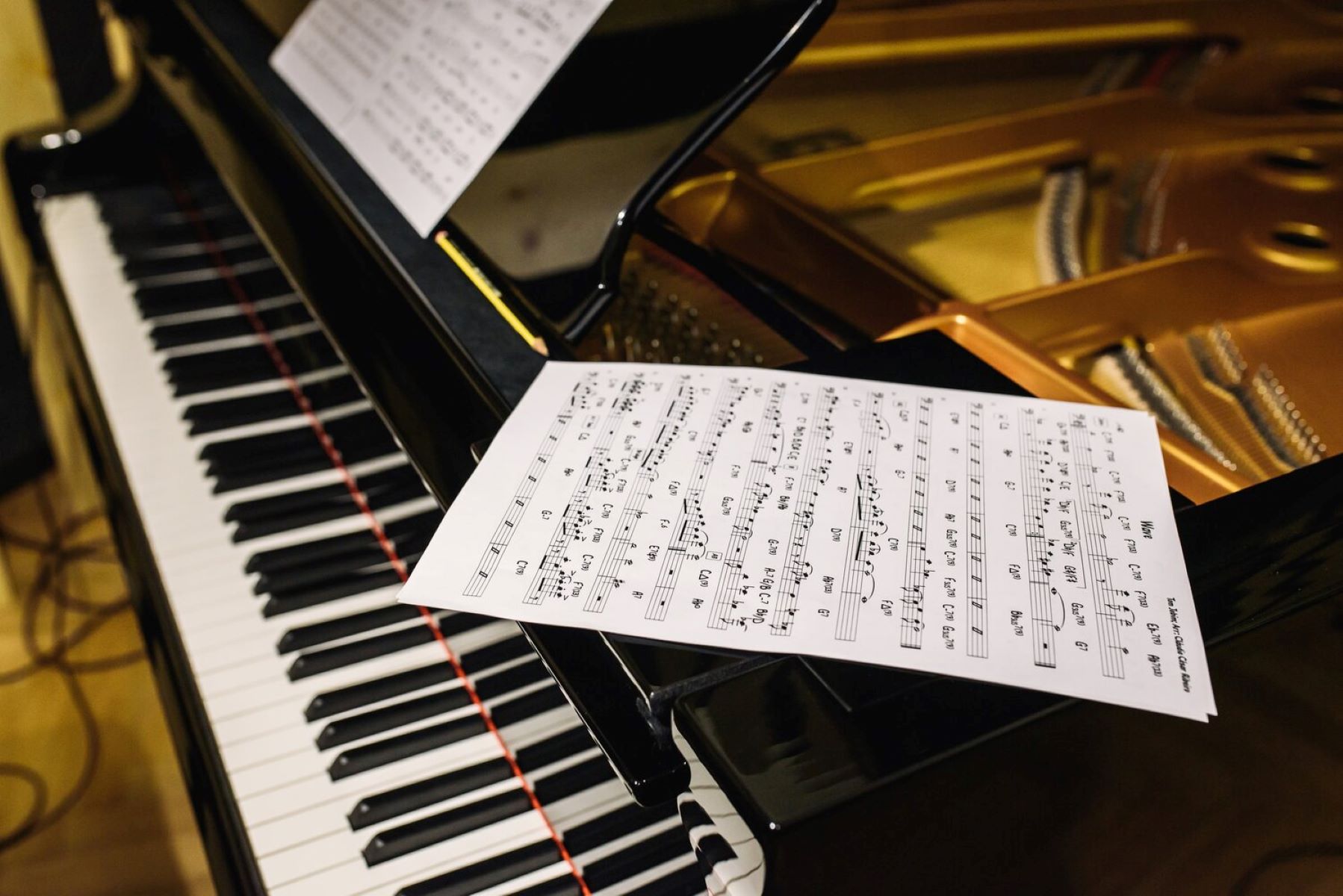

Piano
Where Is C Major On Piano
Published: February 12, 2024
Learn where C major is on the piano and master the basics of playing this key. Discover the positioning and fingering for C major to improve your piano skills.
(Many of the links in this article redirect to a specific reviewed product. Your purchase of these products through affiliate links helps to generate commission for AudioLover.com, at no extra cost. Learn more)
Table of Contents
Introduction
Introduction
Learning to play the piano is a rewarding and enriching experience. The piano is a versatile and captivating instrument that has been a cornerstone of musical expression for centuries. Whether you are a beginner or an experienced musician, understanding the fundamentals of piano playing is essential. One of the most fundamental aspects of piano playing is mastering scales, and the C Major scale is often the first scale that beginners learn.
In this article, we will delve into the world of the C Major scale and explore its significance in piano playing. We will discuss the structure of the C Major scale, its unique characteristics, and its importance as a foundational element in music theory. Additionally, we will explore how to locate the C Major scale on the piano keyboard and provide insights into playing the C Major scale with confidence and proficiency.
Whether you are a novice pianist eager to expand your musical repertoire or an enthusiast seeking to deepen your understanding of piano fundamentals, this article will equip you with valuable insights into the C Major scale and its relevance in piano playing. By the end of this article, you will have a comprehensive understanding of the C Major scale and be well-prepared to incorporate it into your piano practice sessions with skill and artistry.
Understanding the C Major Scale
The C Major scale is a foundational element in music theory and serves as the building block for many musical compositions. Comprising the notes C, D, E, F, G, A, and B, the C Major scale is characterized by its bright and uplifting sound, making it a popular choice for beginners and seasoned musicians alike.
One of the defining features of the C Major scale is its unique pattern of whole and half steps. The scale follows a specific sequence of whole steps (two semitones) and half steps (one semitone), which contributes to its distinct sound and melodic structure. The pattern of whole and half steps in the C Major scale is as follows: whole step, whole step, half step, whole step, whole step, whole step, half step.
Understanding the intervals within the C Major scale is crucial for grasping its harmonic and melodic properties. The intervals within the scale form the foundation for chord construction, melody creation, and overall musical expression. By familiarizing oneself with the intervals of the C Major scale, pianists can expand their musical vocabulary and develop a deeper appreciation for the intricacies of music theory.
Furthermore, the C Major scale serves as a reference point for understanding key signatures and the concept of relative minor keys. As the only major scale that consists entirely of natural notes (i.e., without any sharps or flats), the C Major scale provides a clear illustration of the fundamental principles of key signatures and the relationship between major and minor keys.
By gaining a thorough understanding of the C Major scale, pianists can lay a solid foundation for their musical journey and develop the skills necessary to explore more complex scales and musical compositions. The C Major scale’s inherent simplicity and elegance make it an ideal starting point for pianists to delve into the rich tapestry of musical expression.
Finding C Major on the Piano
Locating the C Major scale on the piano keyboard is an essential skill for pianists of all levels. The layout of the piano keyboard consists of repeating patterns of white and black keys, with each white key representing a natural note and each black key representing either a sharp or a flat note. Understanding the arrangement of keys is pivotal to identifying and playing the C Major scale with precision.
To find the C Major scale on the piano, one must first locate the C note. The C note is situated to the left of a grouping of two black keys. This white key represents the starting point of the C Major scale. From the C note, the scale ascends through the consecutive natural notes of D, E, F, G, A, and B, before reaching the next C note, which marks the completion of the octave.
As pianists familiarize themselves with the layout of the C Major scale on the keyboard, they can observe the symmetrical pattern of whole and half steps that define the scale’s melodic structure. The visual and tactile experience of navigating the keys reinforces the understanding of the C Major scale’s arrangement and fosters muscle memory, enabling pianists to play the scale fluently and confidently.
It is also beneficial for pianists to practice playing the C Major scale in both ascending and descending patterns, as this enhances dexterity and finger coordination. By mastering the physical execution of the scale on the keyboard, pianists can internalize the sound and feel of the C Major scale, laying the groundwork for expressive and nuanced performances.
Furthermore, understanding the relationship between the C Major scale and other scales on the piano keyboard is invaluable. By recognizing the placement of the C Major scale in relation to neighboring scales and chords, pianists can broaden their comprehension of musical patterns and harmonies, facilitating seamless transitions between different musical elements.
Ultimately, the process of finding and familiarizing oneself with the C Major scale on the piano keyboard is an essential step in the musical journey of every pianist. By honing this foundational skill, pianists can unlock a world of musical possibilities and embark on a fulfilling exploration of piano playing and musical expression.
Playing C Major Scale on Piano
Once the C Major scale has been located on the piano keyboard, the next step is to master the art of playing the scale with precision and musicality. Playing the C Major scale not only enhances finger agility and coordination but also cultivates an ear for melodic intervals and tonal relationships.
Beginners can start by placing their right thumb on the C note, which is the starting point of the C Major scale, and follow the sequence of natural notes, maintaining a relaxed and fluid hand position. As each finger corresponds to a specific note within the scale, pianists can gradually ascend through the notes, utilizing the appropriate fingers for each key to ensure smooth and seamless transitions.
It is essential to pay attention to finger placement and hand posture while playing the C Major scale, as this lays the groundwork for developing proper technique and avoiding unnecessary tension in the hands and wrists. By maintaining a balanced and relaxed hand posture, pianists can navigate the keys with ease and produce a clear and resonant sound.
Furthermore, practicing the C Major scale in a slow and deliberate manner allows pianists to focus on producing even and consistent tones, refining their touch and control over the keys. As proficiency increases, pianists can gradually increase the tempo, honing their ability to play the scale with fluidity and grace.
For those seeking to enhance their left-hand dexterity, practicing the C Major scale with the left hand provides a valuable opportunity to develop symmetry in finger strength and agility. By mastering the scale with both hands, pianists can achieve a balanced and coordinated approach to piano playing, laying a strong foundation for tackling more complex musical compositions in the future.
Moreover, incorporating varied articulations and dynamics into the rendition of the C Major scale elevates the musicality of the performance. Experimenting with staccato, legato, and accentuated phrasing adds depth and expression to the scale, allowing pianists to imbue their playing with emotion and nuance.
As pianists dedicate time to practicing the C Major scale, they not only refine their technical prowess but also internalize the fundamental principles of music theory and ear training. The C Major scale serves as a gateway to understanding the tonal relationships and harmonic possibilities inherent in piano playing, paving the way for a rich and fulfilling musical journey.
Conclusion
The journey into the realm of the C Major scale on the piano is a foundational and enriching experience for pianists of all levels. From understanding the unique structure of the scale to locating it on the keyboard and mastering its execution, the C Major scale serves as a gateway to a deeper understanding of music theory and piano playing.
By comprehending the intervals and patterns within the C Major scale, pianists gain insight into the fundamental building blocks of melody and harmony. This knowledge forms the bedrock for exploring more complex scales, chords, and musical compositions, empowering pianists to express themselves with creativity and artistry.
Locating the C Major scale on the piano keyboard not only enhances spatial awareness and dexterity but also fosters a deeper connection with the instrument. The tactile experience of navigating the keys and internalizing the symmetrical arrangement of the scale equips pianists with the confidence to explore a diverse repertoire of musical pieces.
Playing the C Major scale on the piano is a journey of technical refinement and musical expression. From cultivating proper hand posture and finger placement to infusing the rendition with varied articulations and dynamics, pianists embark on a continuous pursuit of honing their craft and interpreting the scale with nuance and emotion.
Ultimately, the C Major scale serves as a springboard for pianists to embark on a fulfilling and inspiring musical odyssey. Whether as a starting point for beginners or a revisited foundation for seasoned musicians, the C Major scale embodies the essence of musical exploration and the boundless possibilities of piano playing.
As pianists continue to delve into the intricacies of the C Major scale, they unlock a world of musical expression, technical mastery, and creative discovery. The journey of the C Major scale on the piano is not merely a pursuit of notes and keys but a profound voyage into the art of musical storytelling and self-expression through the timeless allure of the piano.

